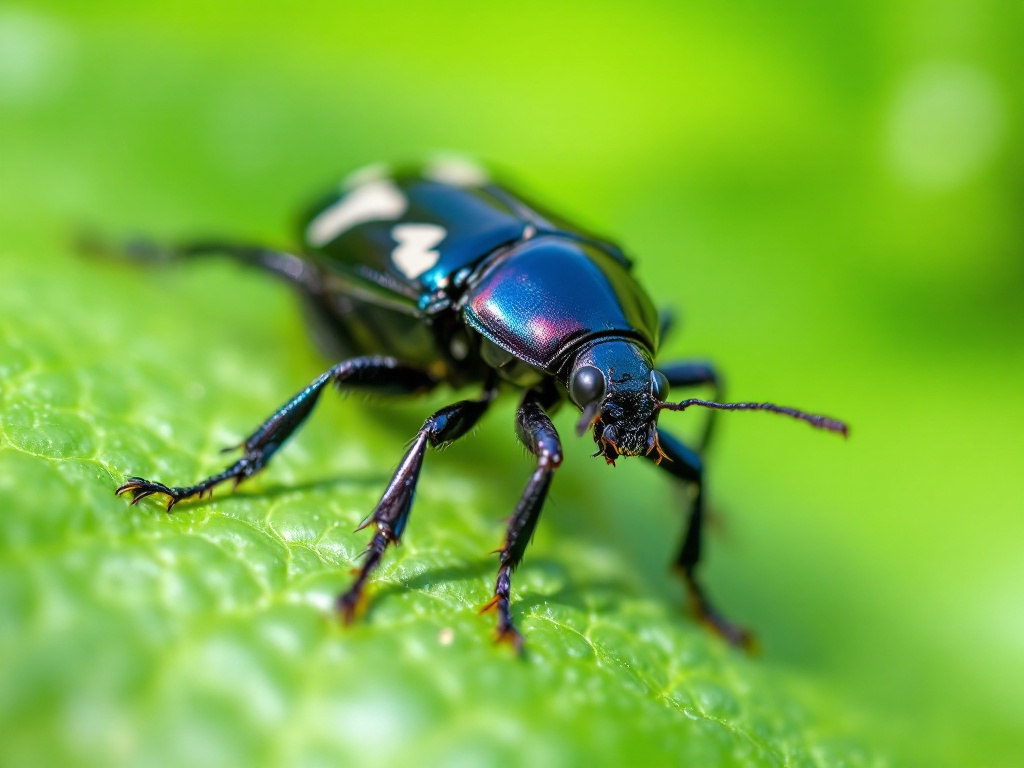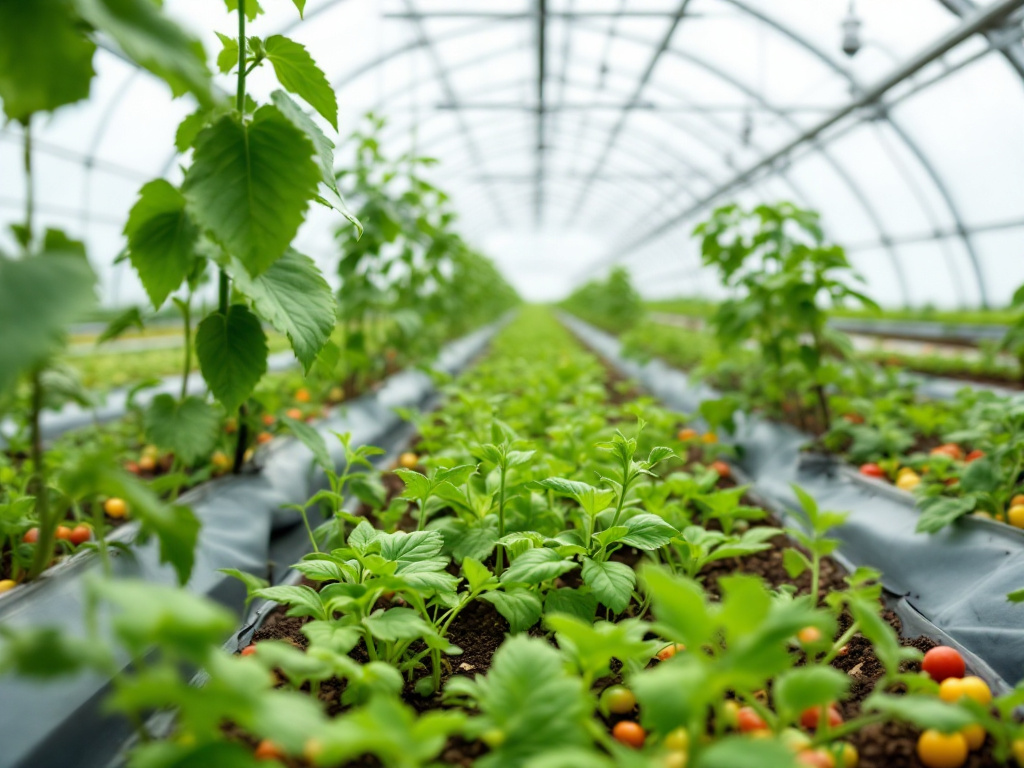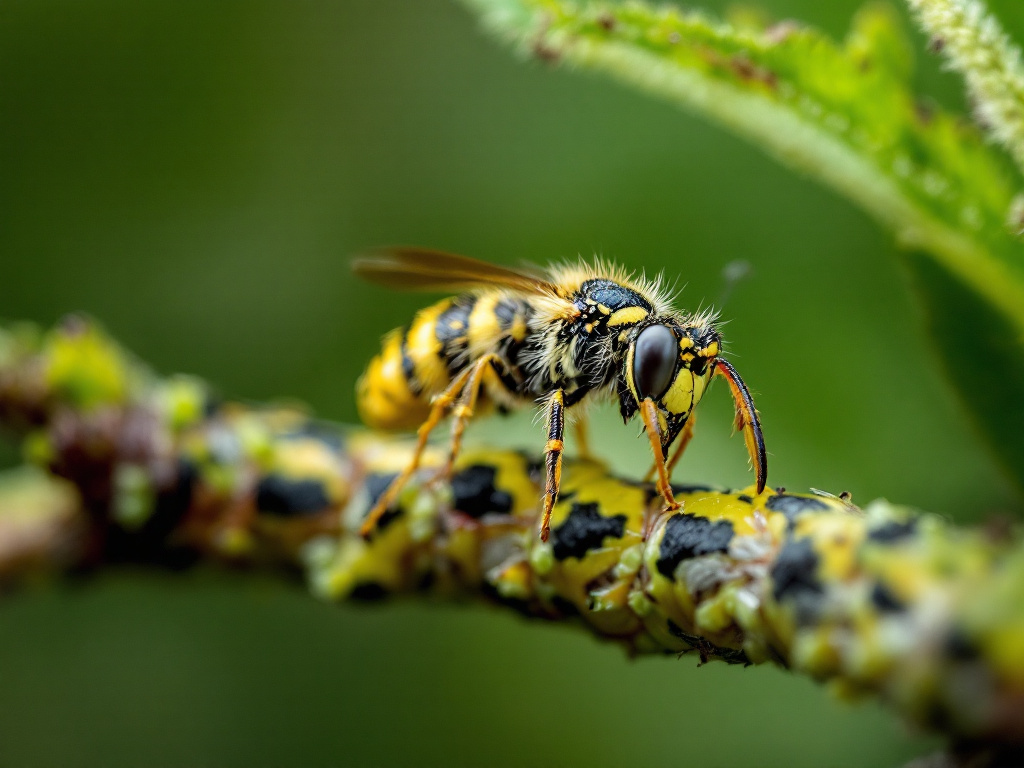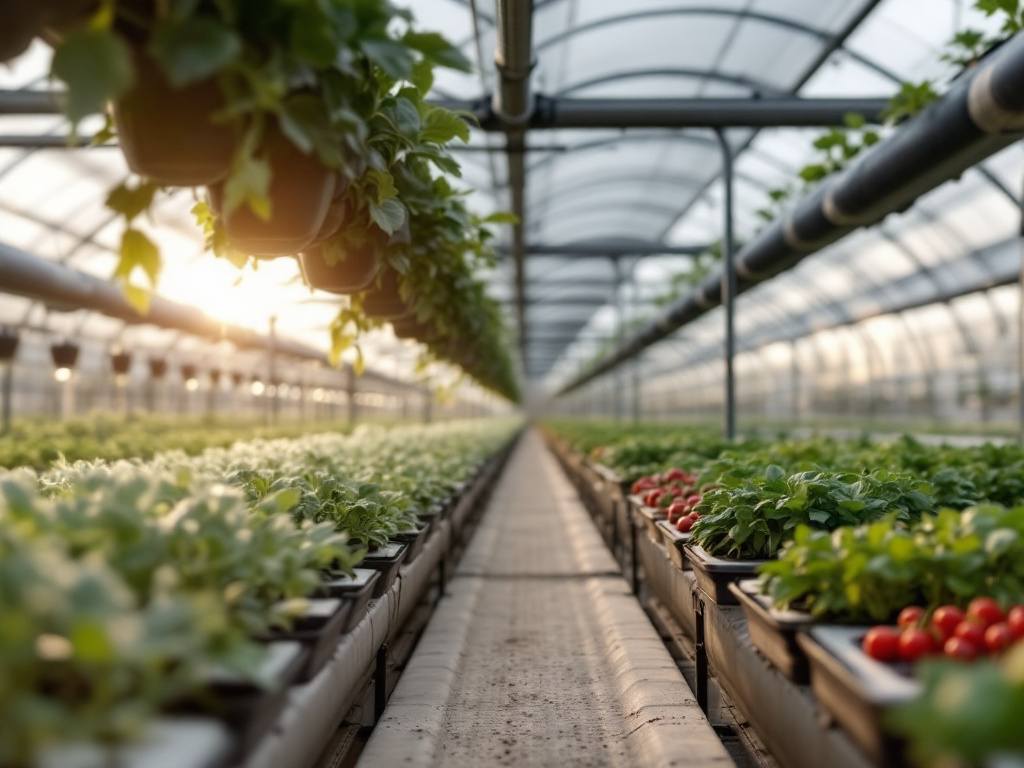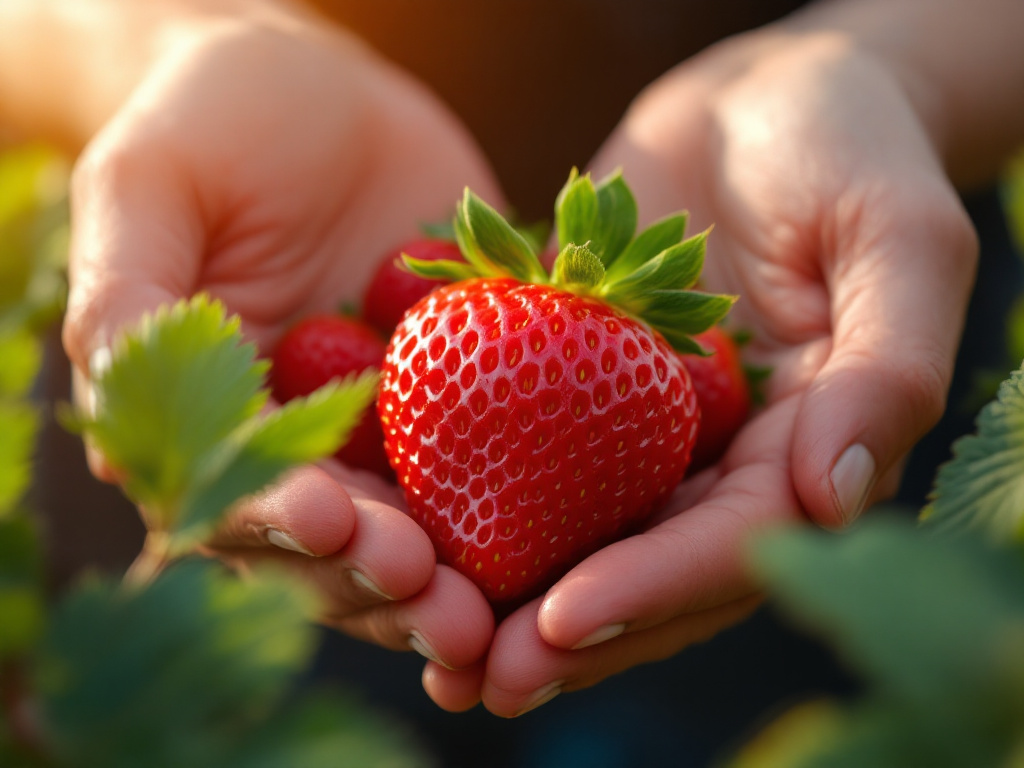Image generated by flux-ai.io & content generated by ChatGPT Version 4o-mini
Beetles in Your Backyard: The Euphoria Sepulcralis and Its Impact on Columbia County
Residents of Columbia County, Florida, may have noticed a shiny, dark beetle buzzing about their gardens this season. This beetle, known scientifically as Euphoria sepulcralis, is a common sight across the state and can even be found throughout much of the eastern United States. While these insects might seem harmless, they can become pests, particularly for those who grow corn or have beautiful rose bushes.
What is Euphoria sepulcralis?
Euphoria sepulcralis is part of the scarab family and can be recognized by its striking metallic sheen and white markings on its back. These beetles range from about 10 to 14 millimeters in length—about the size of a dime. They are usually dark brown or black but can appear bronze or green in sunlight, much like the vibrant colors of Columbia County’s lush landscapes.
Why Are They Important?
These beetles play a dual role in our ecosystem. On one side, they are beneficial pollinators, feeding on flower pollen and sap from trees. This means they help plants reproduce, which is essential for our local agriculture, including key crops like corn and various fruit trees. However, they can also cause damage—especially to crops and ornamental plants.
In Columbia County, where agriculture is a significant part of the economy, the presence of Euphoria sepulcralis can be a double-edged sword. They have been known to invade cornfields, munching on the flowers and potentially reducing the yield of this important crop. For local farmers, this could mean lower profits and increased stress during the growing season.
A Growing Concern
The beetles are typically most active from late summer through early fall, which coincides with the harvest season for many crops. Residents might find them buzzing around corn and flowers in their yards, especially as summer gives way to fall. In some cases, farmers have reported seeing 10 to 15 beetles on a single ear of corn! This could lead to significant damage if not managed properly.
Additionally, these beetles have been known to invade beehives, damaging the combs where bees store honey. For those in Columbia involved in beekeeping, this could pose a threat to the health of bee colonies and ultimately affect honey production.
How to Manage Euphoria sepulcralis
So, what can Columbia County residents do to manage these pesky beetles? Here are a few tips that align with integrated pest management principles:
-
Monitor Your Plants: Keep an eye on your gardens and crops, especially corn and roses. If you start seeing large numbers of the beetles, it may be time to take action.
-
Encourage Beneficials: If you see a pest outbreak, determine if it’s being managed by natural enemies already present. Many beneficial insects prey on pests, and harming them will just help the pests. Encourage birds and other natural predators that eat beetles to maintain a healthy ecosystem.
-
Natural Control Options: Start with low-impact techniques such as handpicking insects or using insect traps specifically designed for beetles. These can reduce the number of pests without harming beneficial insects.
-
Consult Experts: If you’re a farmer or a serious gardener, reach out to the Columbia County Extension Office. They can provide resources and advice on how to handle pest problems while considering the health of pollinators.
Conclusion
While Euphoria sepulcralis adds a touch of beauty to our gardens, it’s important to be aware of its potential to cause harm, especially in agricultural areas like Columbia County. By understanding these insects and their habits, residents can better protect their gardens and crops while still appreciating the role these beetles play in our local ecosystem. Always remember to consider the balance between pest management and the protection of beneficial insects. Keep an eye out, and happy gardening!
References
EENY-416/IN750: A Flower Beetle, Euphoria sepulcralis (Fabricius) (Insecta: Coleoptera: Scarabaeidae). (n.d.). Ask IFAS – Powered by EDIS. https://edis.ifas.ufl.edu/publication/IN750

